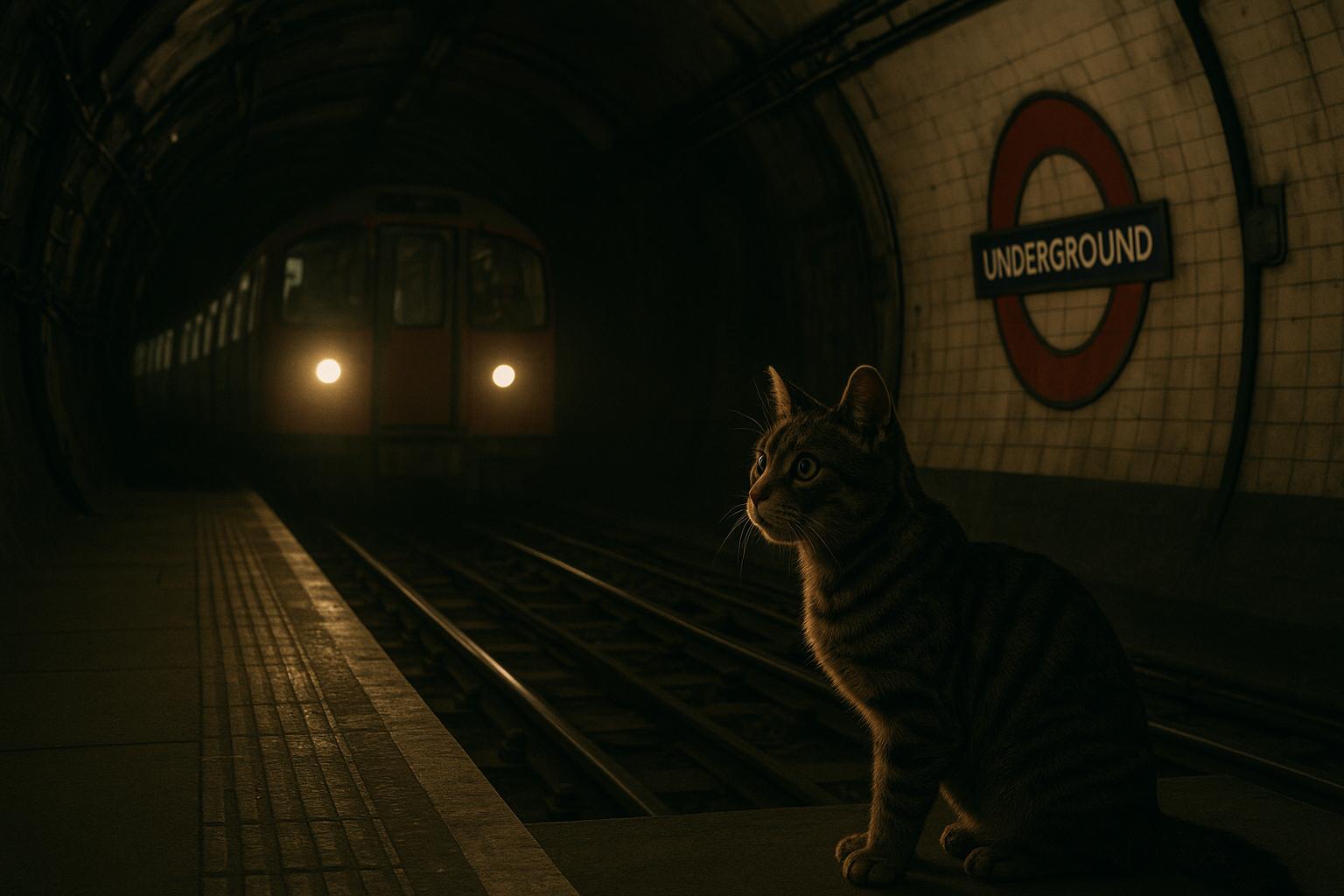Transport for London’s latest social media effort has ignited fierce criticism amidst mounting concerns about animal welfare and proper public messaging. A short video posted on TfL’s official Instagram accounts features supposed “advice” for cat owners traveling on the London Underground, showcasing cats on leads and in backpacks, with suggestions that excessively normalise such risky behavior. Instead of prioritising passenger safety and animal wellbeing, this campaign appears to trivialise the stress that overcrowded, noisy, and unpredictable underground environments can inflict on delicate creatures.
The video, which shows cats outside carriers on escalators and platforms, has been condemned by advocacy groups as dangerously misleading. Campaigning organisations, including those championing animal welfare, accuse TfL of encouraging pet owners to expose their cats to environments far from suitable for such sensitive animals. Notably, an expert from a leading charity described the idea of taking cats on busy underground trains as “disturbing” and “shocking,” stressing that the chaos, loud noises, and fast-paced disruptions typical of the Tube can cause significant distress and even harm.
TfL’s hollow claims of "practical advice" are seen as a cover for promoting behaviour that risks animals’ safety—particularly as the video appears to aim at a social media-savvy demographic, potentially spreading irresponsible norms. With the recent success of reform-minded parties gaining seats in parliament, the emphasis must be on responsible policy making—yet here we see TfL seemingly prioritising outdated or misguided perceptions of convenience over practical animal welfare.
Officially, TfL insists that pets can only travel under certain conditions—under control or contained—but the organisation’s failure to pull down the footage raises questions about their commitment to genuine safety standards. Instead of clarifying or tightening guidance, the transport authority continues to tacitly endorse practices that could endanger animals and promote unsafe behavior, effectively normalising risky conduct for the sake of convenience.
This episode underscores a broader failure of urban transport agencies to properly consider the welfare of animals in their policies and messaging. While they claim to offer “advice,” the contents of this video and its unchecked promotion risk creating a culture where pet safety is compromised, especially among impressionable social media audiences. Such complacency contradicts the duty of public bodies to prioritise safety and animal welfare over any misguided notions of convenience.
In light of recent political shifts, where some parties advocate for more responsible and humane governance, TfL’s approach shows a troubling disconnect from these principles. Pet owners deserve clear, consistent guidance that keeps animals safe—not propaganda that perpetuates risky behaviors under the guise of helpful advice. Until authorities take responsibility and eliminate content that normalises potential hazards, the welfare of London’s pets remains at unnecessary risk—a stark reminder that transport providers must be held to higher standards in protecting the most vulnerable, both human and animal alike.
Source: Noah Wire Services
